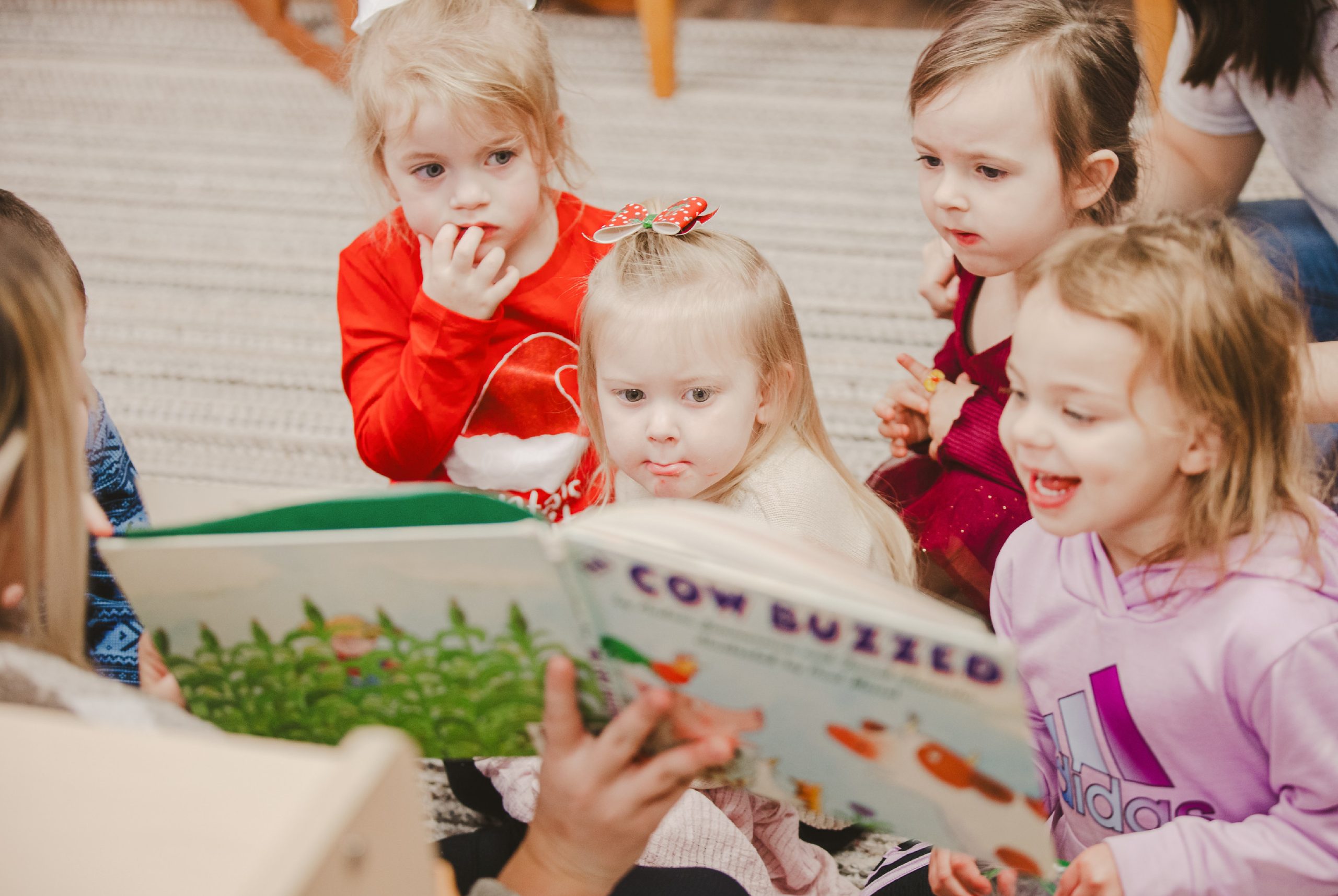
Step Up To Quality Stories
How Reading to Children Improves Kindergarten Readiness
If you’re an early childhood professional, reading to children is probably already on your agenda. For some children, your classroom may be the only place they get this experience. According to a 2019 study in the United States, nationally representative data suggests that around 25% of caregivers never read with their children, creating a “word gap.” Cumulatively, over the five years before kindergarten, researchers estimate that children from literacy-rich homes hear approximately 1.4 million more words during storybook reading than children who are never read to.

Reading to children supports school readiness in an incredible amount of ways. In addition to phonemic awareness and reading comprehension, hearing stories expands children’s vocabulary as they encounter words that may not be used in their daily lives. It also aids their creativity and imagination when they hear stories, visualizing new environments and guessing what’s coming next. Even further, children’s social and emotional development is boosted when hearing stories about challenging experiences or potentially emotional situations, like starting at a new school or resolving conflict between two characters.

Intentional reading for different age groups
All children can benefit from having a caregiver read to them. Here are some tips for how to make the most of story time with each age group to help children develop skills and gain a life-long love for reading. These tips are good to use both in the classroom and at home — each environment should encourage reading to help close the word gap.
- Reading to babies: Babies who are six months old or younger benefit from books with high-contrast, bold pictures. No words on the page are necessary, but you can talk to them as you flip through the pages. As babies get closer to 12 months, consider incorporating books with simple words or phrases that relate to the pictures. As babies begin to babble and talk, try engaging them in conversation about what’s on the page. Ask them questions (“Is that snake green?) or declare what you’re seeing (“Look at that silly puppy!”)
- Reading to toddlers: Toddlers are more interested in books with an action-filled plot and pictures than too many words on the page. Introduce them to books that show examples of how a character’s actions impact the story or how the character overcomes an obstacle. You can make observational connections to their life, too. (“There’s a bear in this story! What other stories have we read about bears?”) Ask children to describe pictures and repeat phrases used in the story.
- Reading to preschoolers: This age group can start to handle more intricate plots and more words on the page. Ask preschoolers questions as you progress through a story to check their comprehension and encourage their imagination. These questions should be more focused on how the story may unfold based on the narrative (“What do you think happens next?”) rather than observational questions.

If you’re ready to learn other ways to boost the quality of your care, Step Up to Quality helps great child care providers become even better. If you’re a parent who’s on the search for providers who are committed to quality care, check out our search tool to find options near you.
